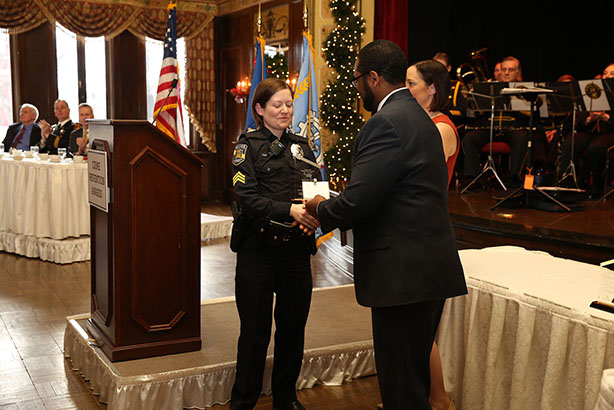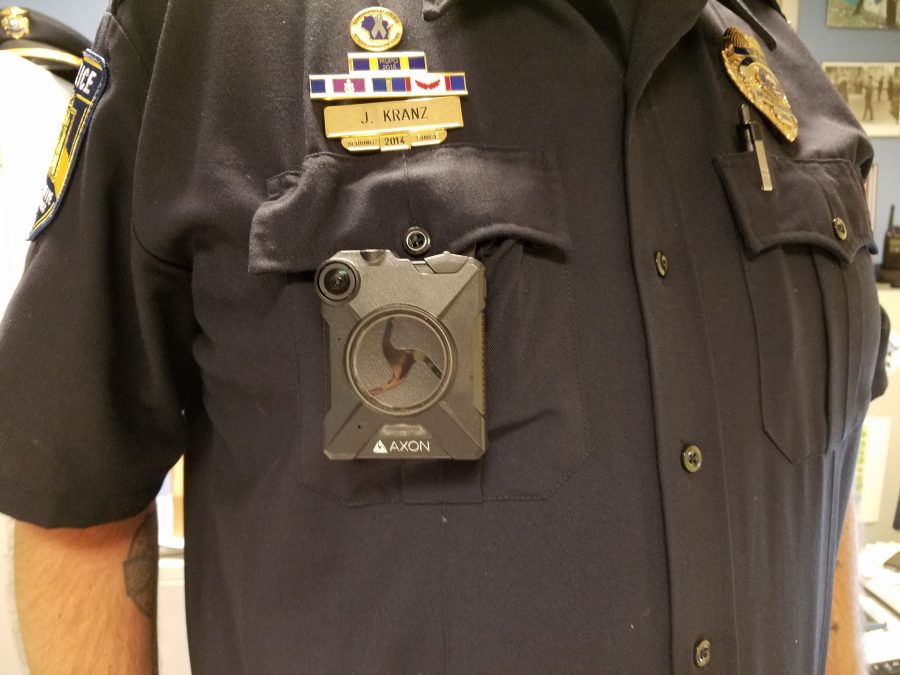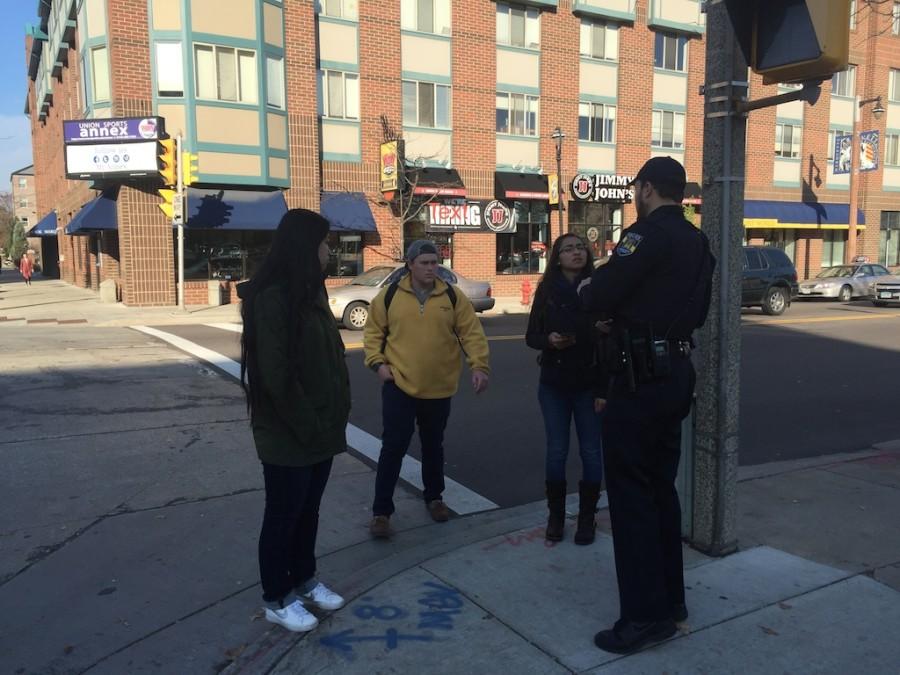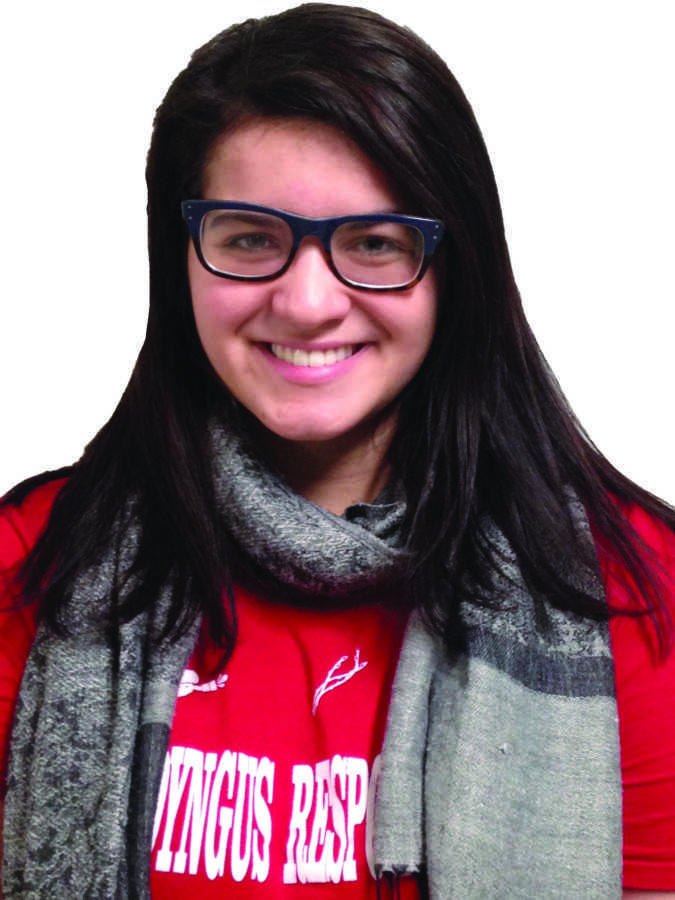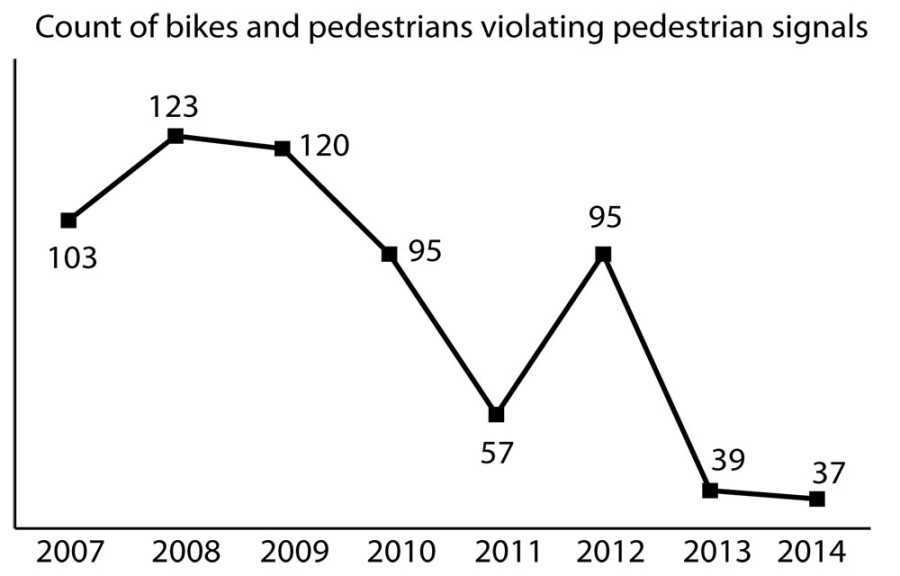The Marquette Police Department received an $8,000 grant from the Wisconsin Department of Transportation to increase pedestrian and traffic safety on campus.
The money will be used to pay for officer overtime, allowing for pedestrian safety deployments. It will last until Sept. 30, 2016.
The grant is part of a program from the Bureau of Transportation Safety that distributes federal funds to a number of local law enforcement agencies to improve road safety. Which jurisdictions receive funding is typically based on data-driven targeting processes that look at changes in crash data from the previous year to determine areas troubled by traffic issues. Jurisdictions may also qualify for funding through an application process.
MUPD applied for the grant near the start of the semester, after meeting with the Milwaukee Police Department and Department of Transportation, and received official notification on Oct. 1. This year marks the first time Marquette is eligible to receive the grant. The Department of Public Safety was ineligible due to its lack of a police charter and subsequent inability to perform traffic stops.
The grant will not go toward hiring any new personnel or equipment. As part of agreeing to the grant, MUPD will undergo mandatory BOTS training, videos of which are available online.
MUPD Corp. Carrie Peters said the grant comes at a time when traffic incidents around campus have been on a slow rise.
“We’ve seen a slight increase in crashes involving pedestrians and/or bicyclists this year compared to the last two years,” Peters said. “So we wanted to proactively educate drivers and pedestrians whose failure to follow the laws are leading to unsafe conditions.”
Peters cited Wisconsin State Law 346.24: “Crossing at an uncontrolled intersection or crosswalk” as the most frequently violated statute leading to accidents. Among the law’s provisions are rules granting pedestrians the right of way and prohibiting them from walking, running or riding into the path of a vehicle that is close enough to make it difficult for the driver to yield in time.
While the law doesn’t explicitly forbid jaywalking, Peters said it is up to both pedestrians and drivers to ensure a safe road environment.
“Sometimes we see people jaywalking in a way that impedes the flow of traffic,” Peters said. “This puts everyone at risk, and can cause injuries and accidents. We’re hoping that by educating those who live in and travel through the area, we can make the MU area a safe place for drivers and pedestrians to travel.”
David Miller, a third-year law student, said he’s unsure if an increased police presence would necessarily lower accidents, but it could increase a different aspect of policing.
“I’m not sure if accidents will necessarily go down, but I can see perhaps an increase in the number of of tickets given out for speeding or parking,” Miller said. “It might prevent people from not stopping at crosswalks.”



